Hello friends,
It has been an exhilarating time since I opened two separate channels for my Government, in Ottawa, Canada, to address the issue of rising use and presence of the weed killer RoundUp and in particular the chemical Glyphosate in our environment, and the fact that the people do not have either access to information on how much of the toxic chemical is in our food, water and soil, or access to the safety test that is supposed to prove that the chemical and the formulation is actually safe for people or for the environment.
This matter has now reached a turning point since Canada is now having a lot of labs accessible to the public that will test our food for Glyphosate, something that was not the case a few years ago, and something on which I had already butted head with the previous Government under Harper, and where my letter was carried by the then MP Mr. Atamanenko to the then Health Minister Ms Rona Ambrose, to respond to. This is a good sign that labs are now beginning to offer this service.
One of my current multi-channel dialogue with the Government included an application to Health Canada, which is Canada’s way of describing the Ministry of Health, to disclose to me if it actually has seen safety test data on Glyphosate, and if so, to disclose to me all such data and reports. This application was made through the official system known as “Access To Information” act of the Government of Canada. Similar acts are also known as “Freedom of Information” act or “Right to Information” act elsewhere, such as in Canadian provincial Governments or elsewhere in the world.
Another parallel effort was the creation of an online petition for Canadians to support a motion, for our Government to disclose all hitherto hidden safety documents on Glyphosate or RoundUp, to the Canadian people, so that people can independently verify if the product is safe and if the Canadian Government has been diligent in its study and analysis. Further, it is the right of the Canadian people to see such documents and it is in effect be illegal to deny public access to such data.
Why exhilarating? Well, first of all, the correspondence that generated from the “Access to information” act appeal, confirmed a few things,
- that the Canadian Government has in fact seen a lot of safety test data and documents
- that they are in possession of over 130,000 pages of such material
- that I indeed have a right, as a citizen of Canada, to see such data
And in spite of that, the Government has unfortunately been dragging its feet, citing reasons why it needs more time to provide me with the information requested. One of the reason is that they need to cross check with the parties that conducted that safety test, if the details may be divulged to me and under what condition.
The very facts that the Canadian Government acknowledges it has the data, and that I have a right to it, are positive development. That I cannot see it yet unless third parties that provided the data agree to the arrangement – is in my view illegal. If such data cannot be shown to the people, then the product (Glyphosate) cannot be approved for use among the people either. That is how I read the law.
The second part – the petition, has 30 updates so far, has generated almost 23,000 support, over 98% of them being Canadian. This is far and away more support than I had anticipated. For a country with a very small population of 35 million, this is an unprecedented level of support on a subject not so easy to understand and one that has not been covered by the mainstream media at all. The sheer volume of support, I suspect, has influenced my MP Carla Qualtrough, who also happens to be a federal minister, to agree to see me on April 27th for 45 minutes, so I can hand over all the documentation on the petition, which runs to over 1,000 pages, to her in a CD or a flash drive, to be taken to Ottawa and handed over the Health minister.
I asked if I might bring a delegation of six other persons, to which the Minister Qualtrough’s office that I may. The petition itself can be visited by clicking on the image below.
It has many interesting updates. One of which is a comment by India’s noted supreme court advocate Mr. Prashant Bhushan, who is representing petitioner Ms Aruna Rodrigues in her public interest litigation against the Government of India on account of GMO, where legal precedence is already set, that obliges the Government to disclose biosafety data of transgenic products to the people before the product is to be approved for release. In other words, intellectual property rights, or agreement on Confidentiality or or non-disclosure clauses cannot be used to trump public safety. Click below for that video.
My request to the Honourable minister is going to be in three parts, of which one would be to personally carry the petition documents to Ottawa and hand over same to Health Canada and to ask them to respond. The second is to have a personal talk with Prime Minister Trudeau, requesting him to drop in at the secretarial office of the UN Convention on Biodiversity, located in the same home turf of the Prime Minister, in Montreal, and to ask the staff in that office about how Canada is doing in comparison with the rest of the world with regard to Cartagena Protocol. The third is to look into ways to kick start testing of local foods in Delta, her constituency, for presence of Glyphosate.
[youtube d5TQHzroqDs]
I have added information on a few UN platforms for Canadians in the latest update. These are:
- UN Convention of Biodiversity
- Cartagena Protocol within the above
- Biosafety scanner
- UN FAO on GM crop platform for Canada
There is also an effort on my part to convert a condensed form of the petition material and references into an interactive e-book on Apples’s iTune store and/or Amazon’s Kindle for around $3 in the next few weeks.
There are perhaps a few more updates that will go into the petition before it is closed. These might include:
- A talk with the president of the Canadian Farmers Union
- How to engage citizens into coaxing our Municipalities to start testing local food, water and soil, for presence of Glyphosate and to make the data public.
- An update on the coming meeting with Minister Carla Qualtrough about this petition.
Stay tunes and feel free to add your comments below.
Thank you.
Tony


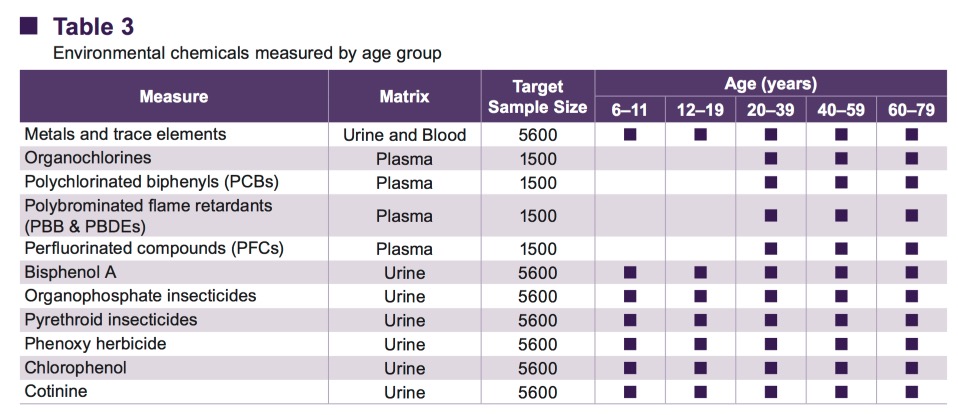
 In spite of being the most used toxin in Canada and the planet for a generation, safety test records and data of this weed killer are kept hidden from Canadians, possibly illegally, to protect commercial interest of the promoter.
In spite of being the most used toxin in Canada and the planet for a generation, safety test records and data of this weed killer are kept hidden from Canadians, possibly illegally, to protect commercial interest of the promoter.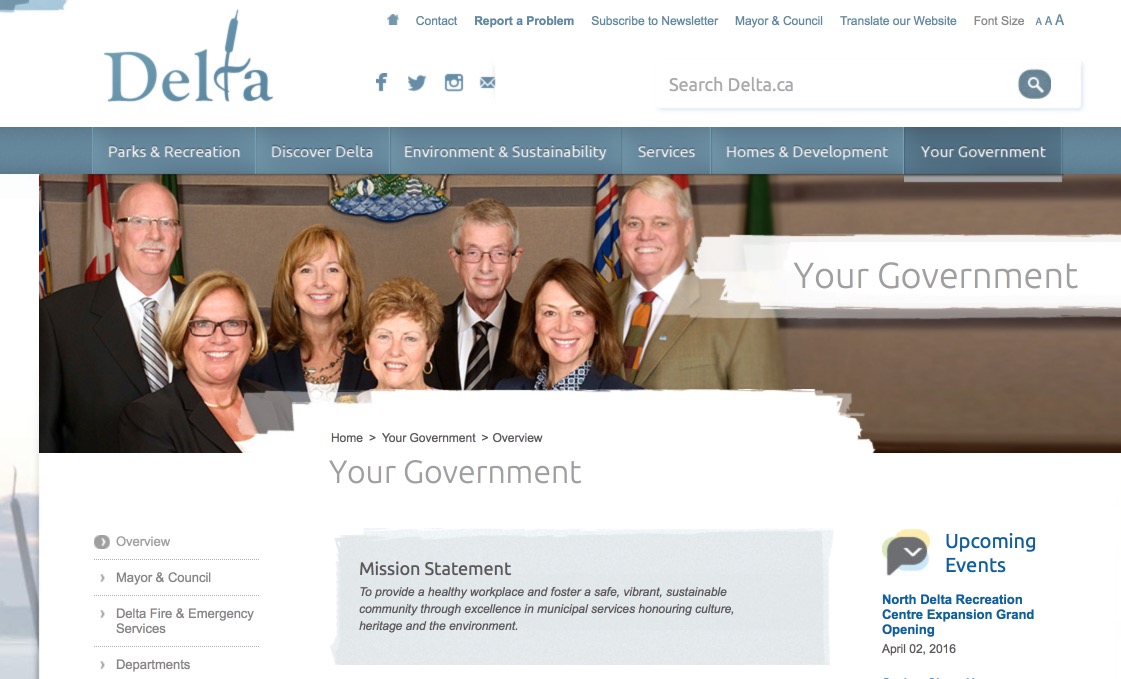
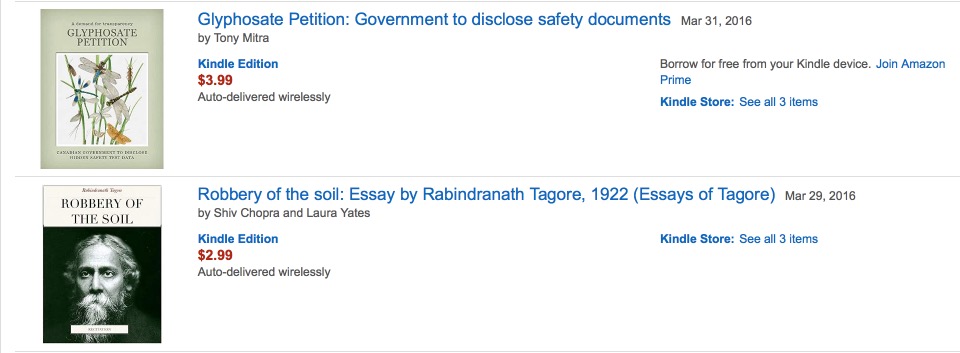 Anyhow, I write very little in Hindi, although I did part of my early schooling in that language and my first tentative writings and childhood poems were composed in Hindi.
Anyhow, I write very little in Hindi, although I did part of my early schooling in that language and my first tentative writings and childhood poems were composed in Hindi.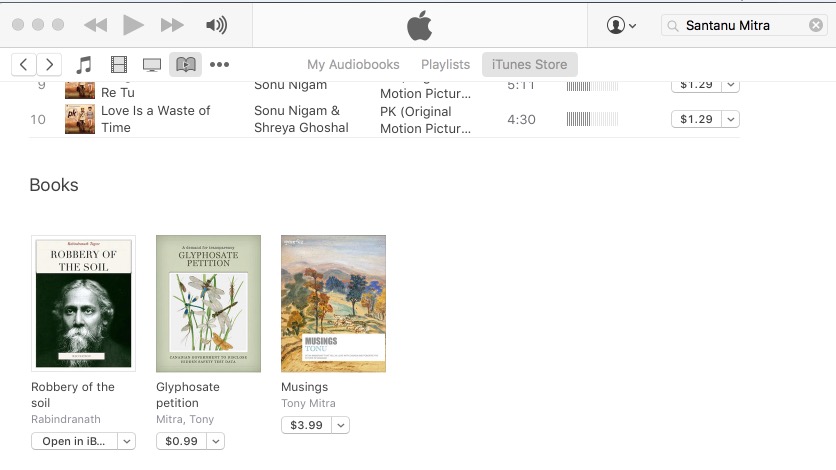 Nonetheless, the total writings might appear to be somewhat curious and did include musings that I believe deserve to be preserved.
Nonetheless, the total writings might appear to be somewhat curious and did include musings that I believe deserve to be preserved.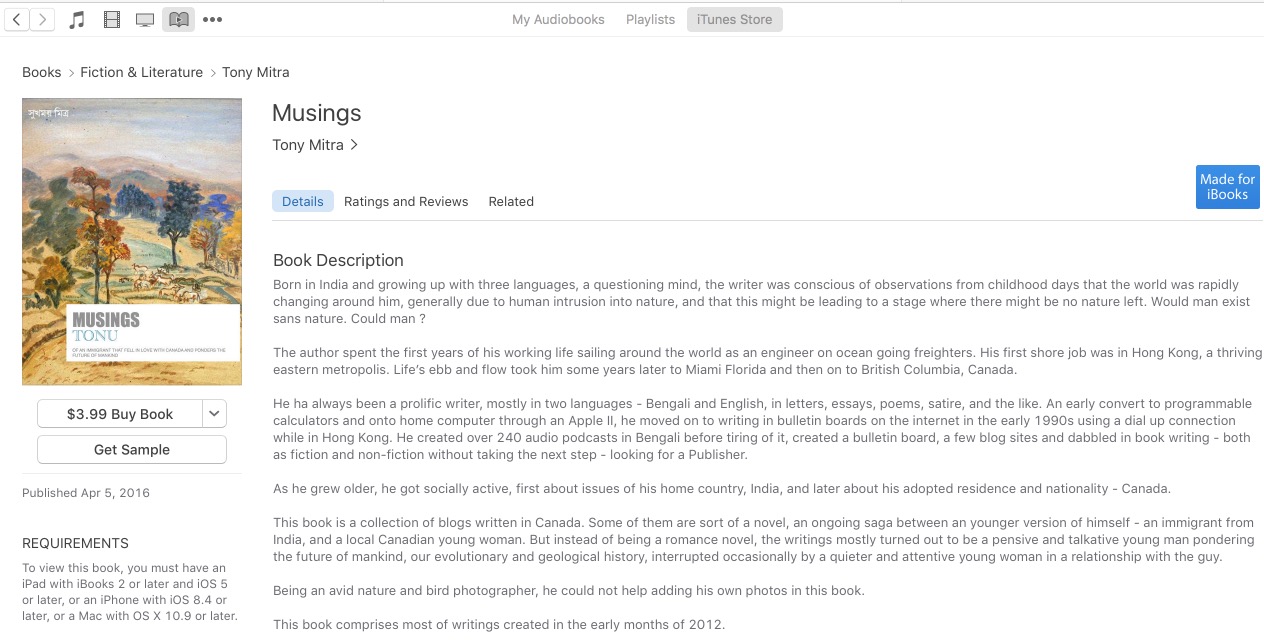 And then I converted it into an iBook (epub) format and uploaded it in Apple store.
And then I converted it into an iBook (epub) format and uploaded it in Apple store.